Exploring Weave Types: A Comprehensive Guide to Fabrics and Their Unique Textures
When it comes to textiles, the weave of a fabric plays a pivotal role in determining its texture, durability, and overall appearance. Whether you’re a fashion enthusiast, a designer, or simply curious about the world of fabrics, understanding the different types of weaves can enhance your appreciation and selection of materials. This comprehensive guide delves into the various weave types, their characteristics, and their applications.
What is a Fabric Weave?
A fabric weave refers to the pattern in which threads are interlaced to create a fabric. The weaving process involves two sets of threads: the warp (lengthwise threads) and the weft (crosswise threads). The way these threads are intertwined gives rise to different weave patterns, each with unique properties and aesthetics.
Common Types of Fabric Weaves
1. Plain Weave
Characteristics:
- Simplicity: The plain weave is the most basic and common weave type. It involves a simple over-and-under pattern where each weft thread crosses the warp threads alternately.
- Durability: This weave is known for its strength and durability, making it suitable for a wide range of applications.
- Texture: The surface of plain weave fabrics is generally smooth and flat.
Applications:
- Clothing: Shirts, blouses, and dresses.
- Home Textiles: Bed linens, curtains, and tablecloths.
- Industrial Uses: Canvas and upholstery.
2. Twill Weave
Characteristics:
- Diagonal Pattern: Twill weave is recognized by its diagonal rib pattern created by the interlacing of threads. This results in a fabric that is both strong and flexible.
- Variety: Includes variations such as herringbone and houndstooth patterns.
- Texture: Twill fabrics have a pronounced texture and are often softer than plain weaves.
Applications:
- Apparel: Jeans, chinos, and suits.
- Home Textiles: Draperies and upholstery.
- Industrial Uses: Workwear and durable outerwear.
3. Satin Weave
Characteristics:
- Smooth Surface: Satin weave is known for its lustrous and smooth surface, which is achieved by floating the warp or weft threads over multiple threads.
- Delicacy: This weave is less durable compared to plain or twill weaves due to the long floats that can snag easily.
- Shine: The unique interlacing pattern gives satin fabrics a high sheen and luxurious appearance.
Applications:
- Luxury Apparel: Evening gowns, lingerie, and ties.
- Home Textiles: Bed sheets and decorative pillows.
- Accessories: Ribbons and formal wear linings.
4. Basket Weave
Characteristics:
- Checkerboard Pattern: This weave is a variation of the plain weave but with two or more warp and weft threads woven together in a crisscross pattern.
- Strength: The basket weave is stronger and more flexible than the plain weave, yet it can be prone to distortion and snagging.
- Texture: It has a distinctive, textured appearance that is both stylish and functional.
Applications:
- Clothing: Casual wear and sportswear.
- Home Textiles: Upholstery fabrics and towels.
- Crafts: Decorative textiles and wall hangings.
5. Jacquard Weave
Characteristics:
- Complex Patterns: Jacquard weave allows for intricate patterns and designs to be woven directly into the fabric. This is achieved using a special loom.
- Variety: Patterns can range from florals and paisleys to geometric designs.
- Texture: Jacquard fabrics often have a rich, textured feel and an opulent look.
Applications:
- Fashion: Brocade, damask, and tapestry fabrics used in high fashion.
- Home Textiles: Curtains, upholstery, and bedspreads.
- Accessories: Handbags and luxury footwear.
6. Leno Weave
Characteristics:
- Open Weave: Leno weave involves twisting two warp threads around the weft threads, creating an open, mesh-like structure.
- Breathability: This weave is lightweight and breathable, making it ideal for airy fabrics.
- Strength: Despite its open structure, leno weave is quite strong and resistant to distortion.
Applications:
- Clothing: Lightweight scarves and shawls.
- Home Textiles: Curtains and mosquito nets.
- Agricultural Uses: Produce bags and shade cloths.
Specialty Weaves
1. Crepe Weave
Characteristics:
- Crinkled Texture: Crepe weave results in a fabric with a crinkled or pebbly texture, created through irregularly twisted yarns.
- Elasticity: These fabrics often have a good drape and slight stretch.
- Matte Finish: Crepe fabrics typically have a dull, matte finish.
Applications:
- Apparel: Dresses, blouses, and suits.
- Home Textiles: Draperies and table linens.
- Accessories: Scarves and wraps.
2. Dobby Weave
Characteristics:
- Geometric Patterns: Dobby weave produces small, geometric patterns, such as dots and squares, woven into the fabric.
- Variety: It can create both simple and complex designs.
- Texture: Dobby fabrics have a unique texture that adds visual interest.
Applications:
- Clothing: Dress shirts and blouses.
- Home Textiles: Towels and bed linens.
- Accessories: Handkerchiefs and ties.
3. Pile Weave
Characteristics:
- Raised Surface: Pile weave creates fabrics with a raised surface or "pile," such as velvet, corduroy, and terry cloth. This is achieved by inserting extra warp or weft threads.
- Softness: These fabrics are known for their softness and luxurious feel.
- Durability: Pile fabrics can vary in durability based on the length and density of the pile.
Applications:
- Apparel: Velvet dresses, corduroy pants, and terry cloth robes.
- Home Textiles: Carpets, rugs, and towels.
- Accessories: Plush toys and soft furnishings.
How to Choose the Right Weave for Your Needs
Consider the Purpose
When selecting a fabric, consider the end use. For instance, durable twill weaves are ideal for workwear, while luxurious satin weaves are perfect for formal attire. Understanding the specific characteristics and strengths of each weave type can help you make an informed decision.
Think About Comfort
Different weaves offer varying levels of comfort. For example, plain weaves are generally smooth and comfortable against the skin, while pile weaves like velvet provide a plush feel. Choose a weave that aligns with the comfort level you desire.
Assess Durability
If durability is a priority, opt for weaves like plain and twill that are known for their strength. For items that will experience heavy use, such as upholstery or workwear, these weaves provide the necessary durability.
Evaluate Aesthetics
The visual appeal of a fabric is crucial, especially for fashion and home décor. Jacquard weaves offer intricate patterns, while satin weaves provide a glossy finish. Consider the aesthetic impact of the weave on the final product.
Conclusion
Understanding the different types of weaves opens up a world of possibilities in textile selection. From the simplicity of plain weave to the complexity of jacquard, each weave type brings unique characteristics that cater to various needs and preferences. By considering factors such as purpose, comfort, durability, and aesthetics, you can choose the perfect fabric for any application. Embrace the rich tapestry of weave types and let your creativity shine in your next project.

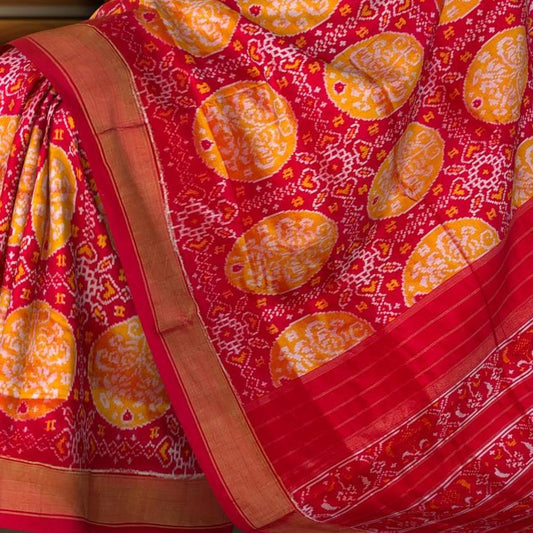
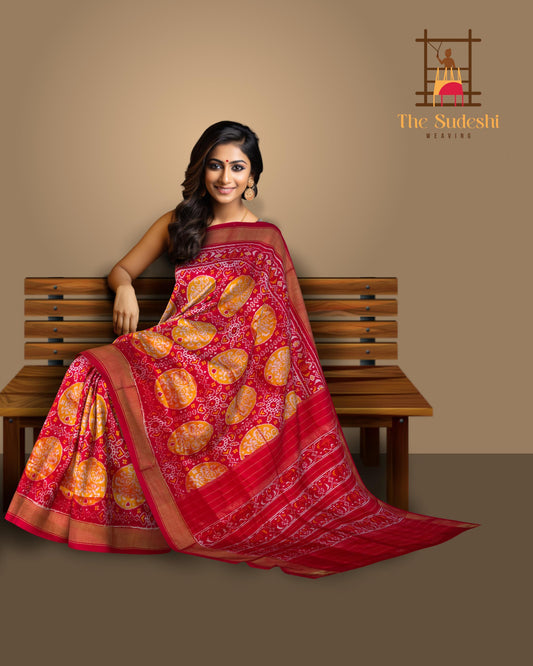
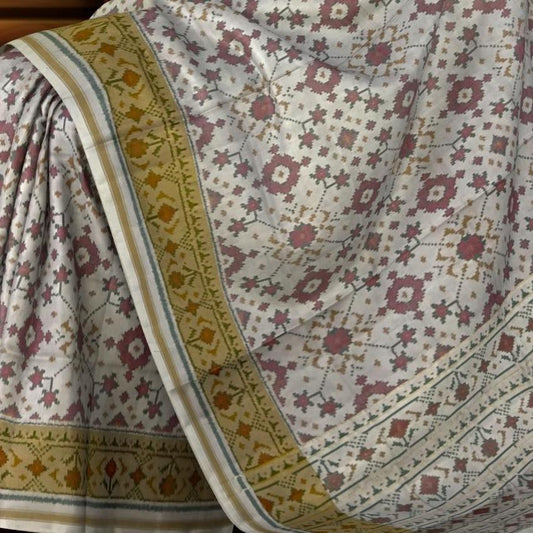
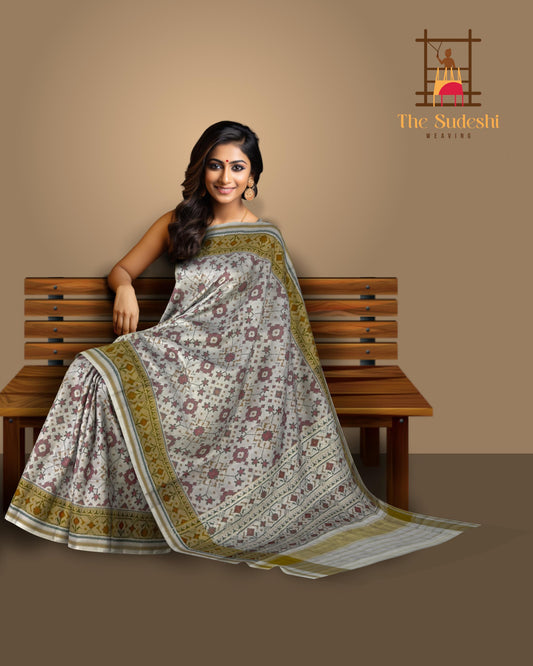
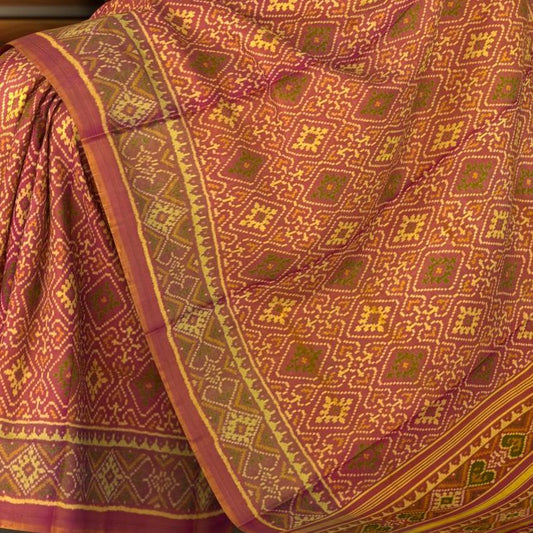
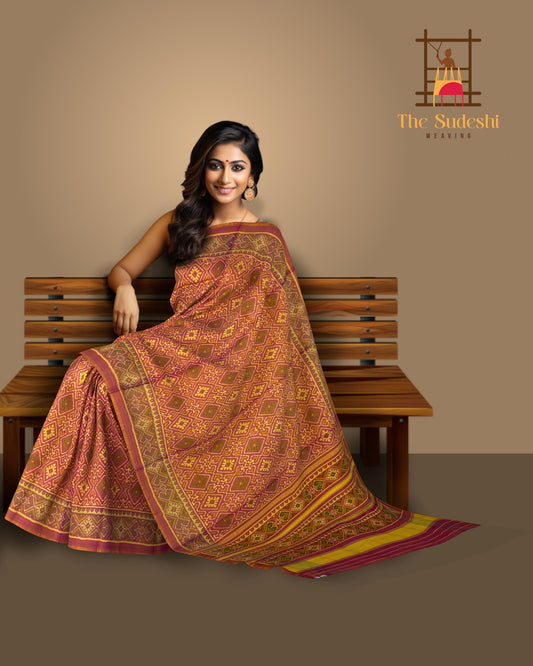
Leave a comment
Please note, comments need to be approved before they are published.